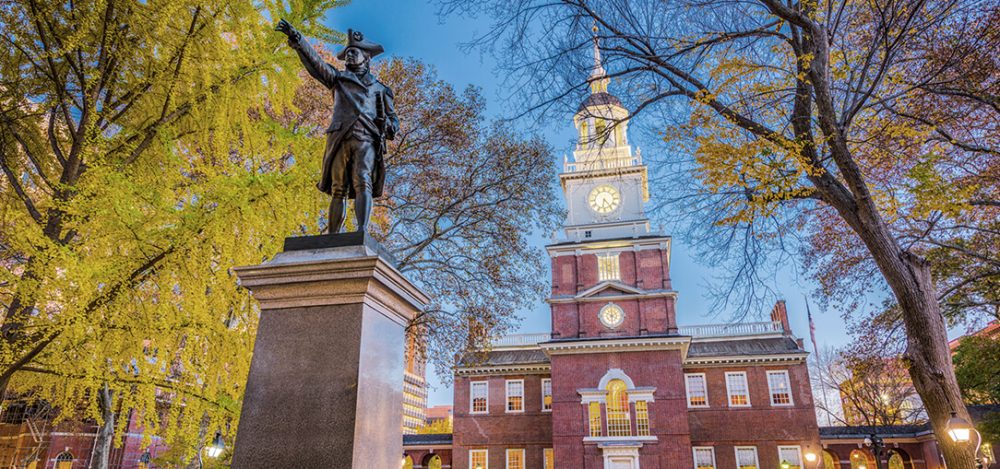by Christopher Paslay
A Chicago activist group called “Mikva Challenge” has put together a slide show about the Capitol tragedy that misleads students and serves to further divide America. (Please click on the above picture to watch the companion video which analyzes the slide show.)
The events that took place at the Capitol on January 6th were reprehensible and tragic, and schools should offer teachers resources to help their students process these events. However, they should be doing this in a way that is productive and healing, and that provides students with balanced information so that they can think critically about the events that are having a real impact on their lives.
Unfortunately, both in the media and in America’s public schools, there are a number of teacher resources that fail to allow students to critically analyze current events in an accurate and balanced context (they do not offer a classic pro/con format), but are presented from a one-sided lens that takes a complex situation and boils it down to a simplistic, over-generalized version of reality.
In particular, a teacher resource called “Response to January 6th DC Insurrection,” a slide-show put together by a political activist group based in Chicago called “Mikva Challenge,” is an example. This so-called “teacher resource” gives students strategically selected pictures and clips of events that do not accurately represent the larger whole of society, that do not give kids enough background information on complex issues, and seem to be designed to teach students WHAT to think, and not HOW to think.
The most concerning thing is that this particular activity is not teaching students that we, as Americans, must learn to understand each other, or that there are many sides to an issue. It doesn’t present any universal themes that can bring us together, or reveal how at some level we are all the same. The teacher resource called “Response to January 6th DC Insurrection” literally polarizes people into camps: Trump supporters/whites on one side, BLM/people of color on the other.
It stereotypes all Trump supporters as violent racists, and all BLM activists as saintly freedom fighters. Of course, the reality is that the events of the past seven months have been much more complex than this. There are 74 million Trump supporters, the majority of whom are caring people with real concerns about real issues. Yes, a small faction got violent on January 6th, which is inexcusable.
But those who have been following the news understand that there is a faction of BLM/ATIFA (about 7%) who have been violent and riotous over the past seven months, who have shot and killed police, burned-down police stations and federal court-houses, destroyed business, etc. Much has been made about not stereotyping these mostly peaceful protesters as violent, but the violence was still real and just as inexcusable. Unfortunately, our news media is so polarized, that those who do not read a wide breadth of news from a wide variety of sources, will perceive events within a limited frame of reference.
A more appropriate slide presentation, which asks students to process the events of January 6th, would be to show the background issues and concerns of Trump supporters and BLM protesters side-by-side. Show a slide that breaks down the issues of Trump protesters (energy independence, right to life, ending the lockdown, censorship by Big Tech, perceived voter irregularities, lack of cultural representation by the ruling class, etc.), and those of BLM protesters (racism, police brutality, healthcare, equity and inclusion). Educators could show how, although many Americans see the world through different lenses, we all basically want the same things: love, companionship, equal access to resources, and a relatively good quality of life.
Next teachers could show a side-by-side slide of the inappropriate behavior perpetrated by the fringe Trump faction in the Capitol (the horrible violence and attack on police), and compare it to the inappropriate behavior of the fringe BLM/ANTIFA faction in the summer and fall (the destruction of businesses and people’s livelihoods, the murder of police and civilians, the destruction of Federal courthouses). In short, teachers could show how ALL violence is wrong (whether it takes place in the sacredness of Washington DC, or within a person’s neighborhood or private business in Portland or Seattle), and is NEVER acceptable.
Again, this is not to condone what happened in the Capitol last week, or to discount or cheapen the struggle for racial justice by BLM. However, educators must refrain from oversimplifying events, smearing and stereotyping entire groups of people, and from giving students only fragments of the whole of reality in order to shape their perspectives on issues; teachers should teach children HOW to think, not WHAT to think.
The teacher resource called “Response to January 6th DC Insurrection” does none of this, and is quite shocking in its use of selective information and gross lack of context.


